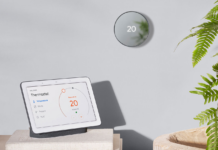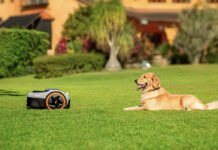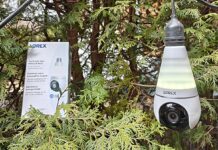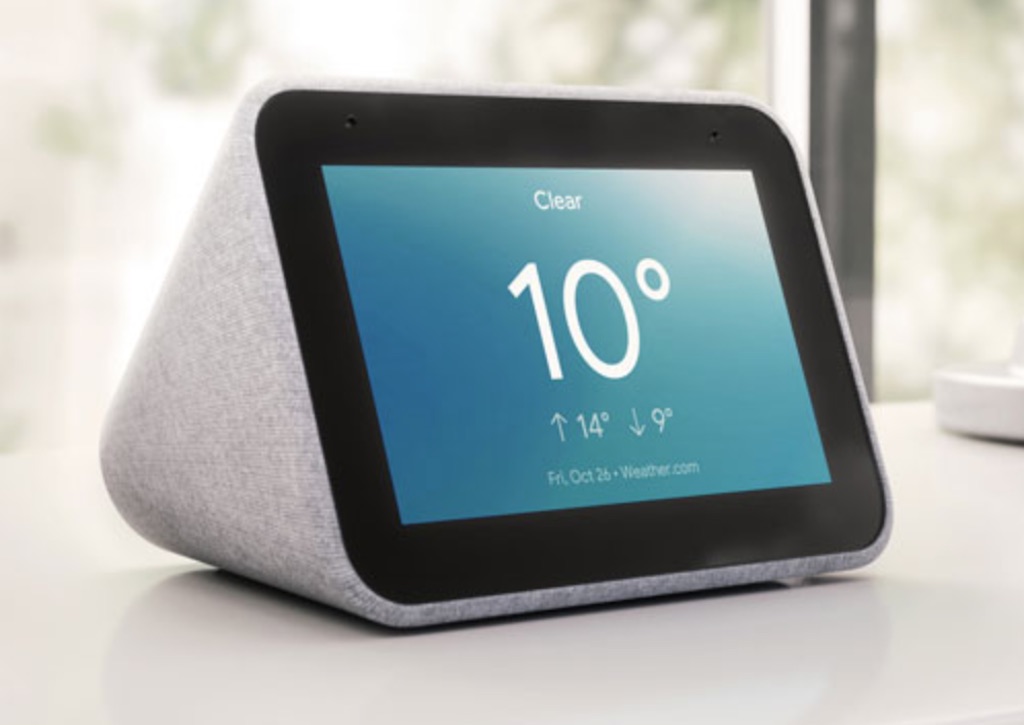
Today I’m looking at and comparing a number of different Smart Displays. If you’ve been thinking of getting a smart display for your home but are not sure which one might best suit your needs, today I endeavour to help you figure it out. This one is somewhat spec heavy, so prepare to soak up a lot of useful information on these five smart display models: Facebook Portal and Portal +, Google Nest Hub, Amazon Echo Show 5, and the Lenovo Smart Clock. Let’s begin.
Key Features of All/Most Smart Displays
The first thing to note about the different smart displays is that they all share a number of common features. For example, they all offer voice based control through one of the major smart voice assistants (typically either Amazon Alexa or the Google Assistant). This allows you to obtain answers to virtually any verbally posed question (i.e., “What is tomorrow’s weather forecast?”) and to control numerous smart home devices with simple voice-based commands (most smart assistants share control compatibility with literally thousands of other smart products). You’ll be able to turn your lights on and off (or dim them), open smart garage doors, adjust smart thermostats, view live feeds from your smart security cameras, stream your favourite tunes via the internet, and so much more.
Other common features of most smart displays include (typically) high resolution viewing screens (for video calling, watching YouTube videos, following recipe instructions, displaying photos, etc.), built-in microphones, various wireless technologies (frequently some version of Bluetooth is included, as well as other wireless technology options (i.e., 802.11 a/b/g/n/ac)), and most (but not all) models also have both a camera and speakers built in.
You can find a lot more info on smart displays and smart voice assistants in general by reading my recent article entitled Smart Displays Explained: More Than Just Voice Control With a Screen.
Unique Features of the Different Smart Displays
The real difficulty in choosing a smart display doesn’t come from their similarities, but rather, from their differences. For instance, some users may have very specific size requirements—particularly if they have vision issues like difficulty seeing detail on small screens.
From biggest to smallest, the smart displays we’re discussing here today have the following screen sizes: The Facebook Portal + is the biggest smart display on the list with a screen size of 15.6 inches. The standard Facebook Portal has a 10.1″ screen; The Google Nest Hub has a 7″ screen; The Amazon Echo Show 5 has a 5.5″ screen; And the Lenovo Smart Clock has a 4″ screen.
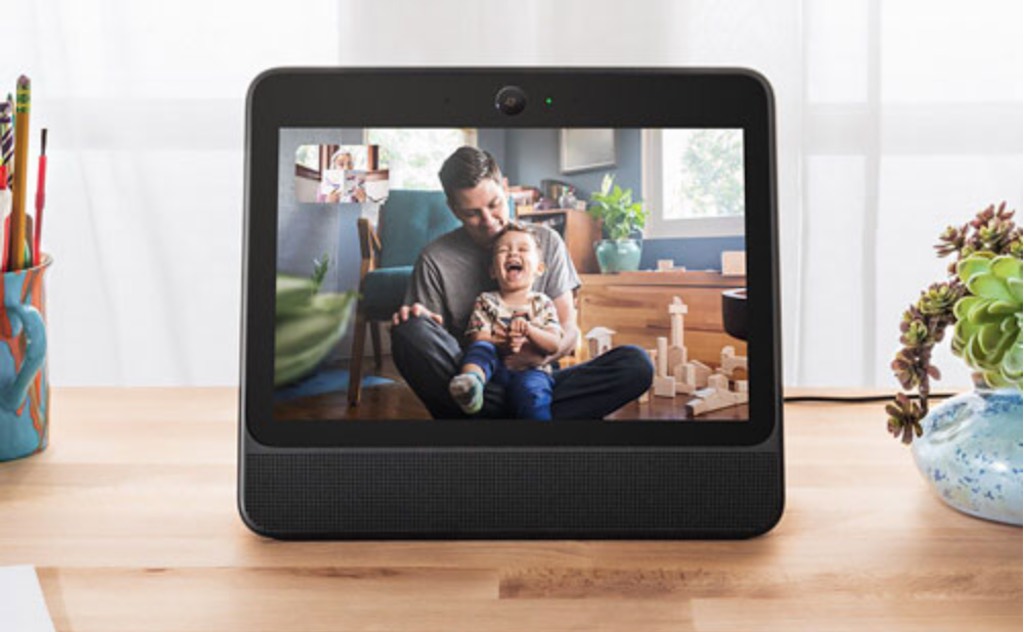
There are also operating system differences to consider. The operating systems in each of the models discussed here are as follows: The Amazon Echo Show 5, along with the Facebook Portal and Portal +, all use Amazon Alexa, while the Google Nest Hub and Lenovo Smart Clock both feature the Google Assistant.
Other key differences between the various models tend to come down to very technical details, like whether a specific model has Bluetooth 4.2 or Bluetooth 5.0, and what quality of speaker, camera resolution, or microphone it may have. These kinds of details, if they matter to you, may require some additional research on your part to fully uncover.
One area where smart display manufacturers are beginning to get ever more creative is in the area of security. For instance, the Amazon Echo Show 5 and both Facebook Portal models have, in addition to an on/off button for their microphone and camera, a physical cover that completely blocks the camera. Very clever idea! Since the Lenovo Smart Clock has no camera at all, this type of privacy is not a concern.
And speaking of the Facebook Portals, their cameras can actually zoom in and out and follow you around the room so you can move freely while on a video call—a very cool feature!
A Closer Look at the Leading Smart Display Models
Facebook Portal, Portal +, Portal Mini and Portal TV
The Facebook Portal and the Facebook Portal + are among the newest smart displays available, with Facebook just revamping the line, and adding a smaller 8 inch model, the Portal Mini and a very interesting Portal TV that adds a smart camera to your television that does a host of things from working like a Facebook Portal, to streaming a variety of channels (e.g., Amazon Prime). Note the new devices will be coming soon to Best Buy.
Original models allow you to enjoy hands-free video calling with family and friends; they have a built-in 12MP camera (with a 140 degree display field of view, or DFOV) for more lifelike imagery and offer Bluetooth 4.2 wireless connectivity, Wi-Fi 802.11a/b/g/n/ac, and dual-band multiple-input and multiple-output (MIMO) at 2.4GHz and 5GHz. They also feature the Amazon Alexa voice assistant, allowing you to easily engage with (and control) them with just your voice. But there are a few notable differences.
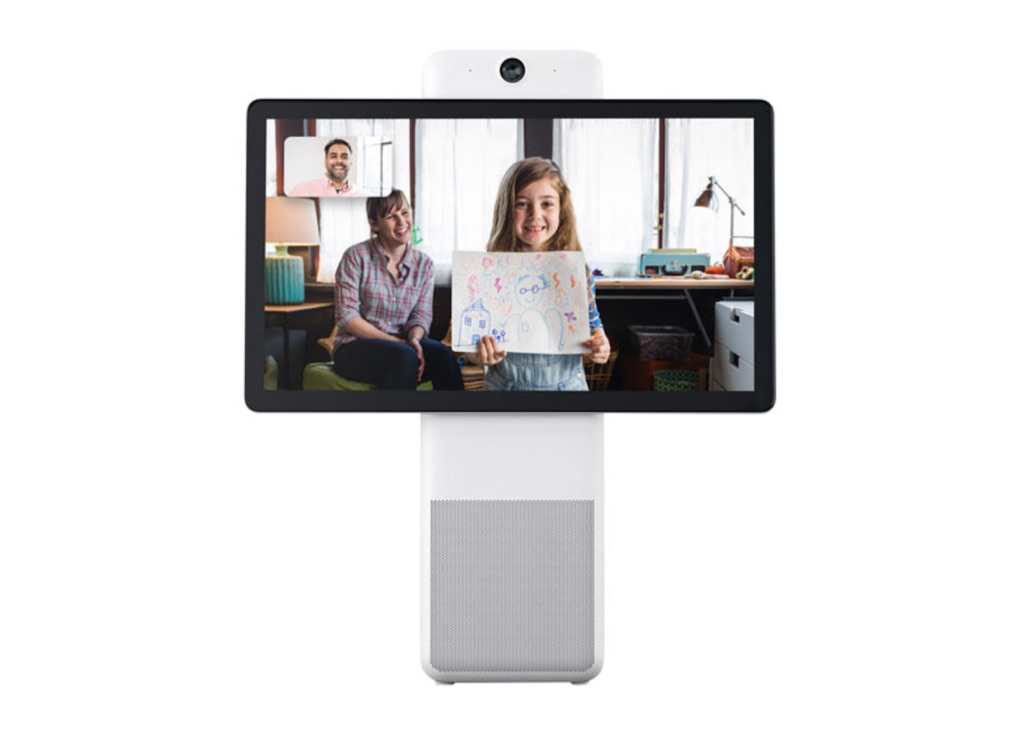
While the original Facebook Portal offers a 10.1″ WXGA display with 720p resolution, and the Portal + has a 15.6″ Full HD display with the ability to rotate to the side (giving you options for either landscape or portrait view—whichever best suits your purpose). The standard Portal also has 10W speakers (with two full-range drivers and a 4-mic array), while the Portal + has 20W speakers (with two tweeters and 4″ bass). Both speaker options assure users of clear, true-to-life sound.
If you’re interested in learning more, Best Buy will soon have more information on their overview of the Facebook Portal line discussing all of their key features and benefits.
Google Nest Hub
Another very new smart display option is the Google Nest Hub. This product (from Amazon’s biggest competitor in the world of virtual assistants) obviously doesn’t feature Alexa, but it does offer the very popular Google Assistant. An article by Ted Kritsonis Comparing Google Home and Amazon Alexa (and exploring some of the similarities and differences between the two) was published a few months ago and still contains lots of relevant information for those trying to choose between the competing voice assistant platforms.

As for the Google Nest Hub’s key features and specs, these include a 7″ landscape touchscreen (with 1024 x 600 resolution), Bluetooth 5 connectivity, 802.11b/g/n/ac (2.4 GHz & 5 GHz) wireless technology, a full-range audio speaker and far-field microphone, and virtually endless compatibility options. This includes compatibility both with different platforms (Android, iOS, Mac, Windows, and Chromebook) and different devices (including 5,000+ unique smart devices from Nest and 400 other brands).
With the Google Nest Hub you’ll not only be able to fully control your broader smart home with simple voice commands, but you’ll also be able to keep up with news and current events, create lists and reminders (like shopping lists), get the answer to virtually any question from the world’s largest encyclopedia of information (Google itself), and much, much more.
For a complete picture of what the Google Nest Hub can do for you that’s right here on the Blog, Shelly Wutke has you covered with this in-depth review.
Amazon Echo Show 5
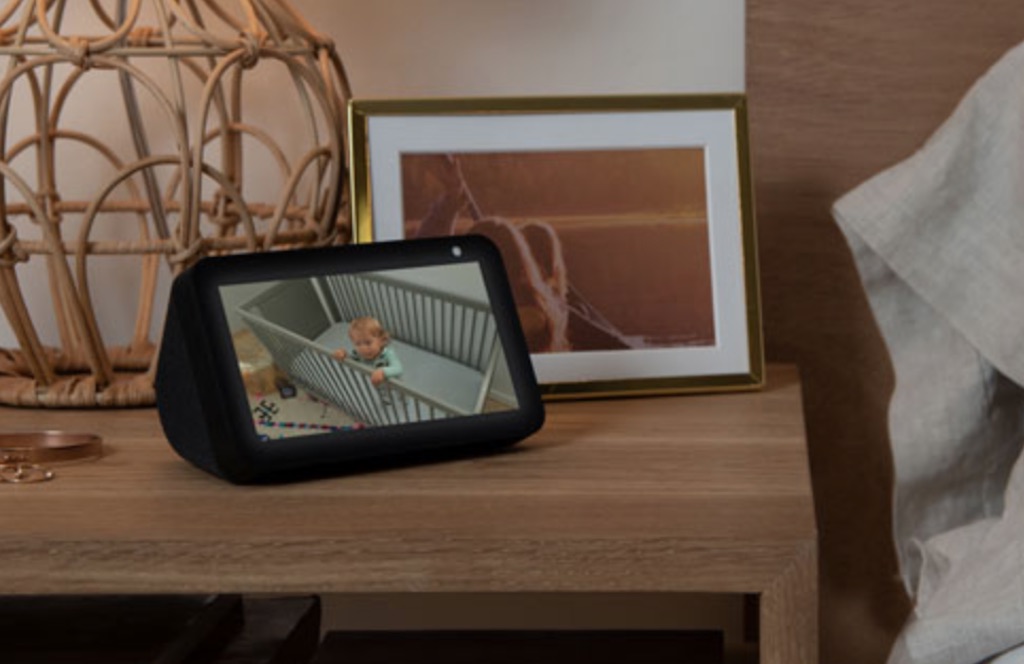
If you prefer something from a slightly more established family of smart displays, the Amazon Echo Show 5 is an excellent choice. This smart display features a multi-use 5.5″ touchscreen (at 960 x 480 resolution), the Alexa voice assistant (with an ever increasing library of useful Skills for you to use), 1.65″ 4 Watt stereo speakers, a 1 MP camera capable of recording in 720p HD, both Bluetooth (4.2 + EDR) and Wi-Fi connectivity, and compatibility with a variety of different smart home products and platforms (including IFTTT, Fire OS 6, Android, and more).
A great summary of all the Show 5’s top features is available by clicking HERE.
Lenovo Smart Clock
Finally, there’s the Lenovo Smart Clock with Google Assistant. This smart display is the smallest one we’re discussing (with just a 4″ display screen), but it’s not small in terms of what it can do.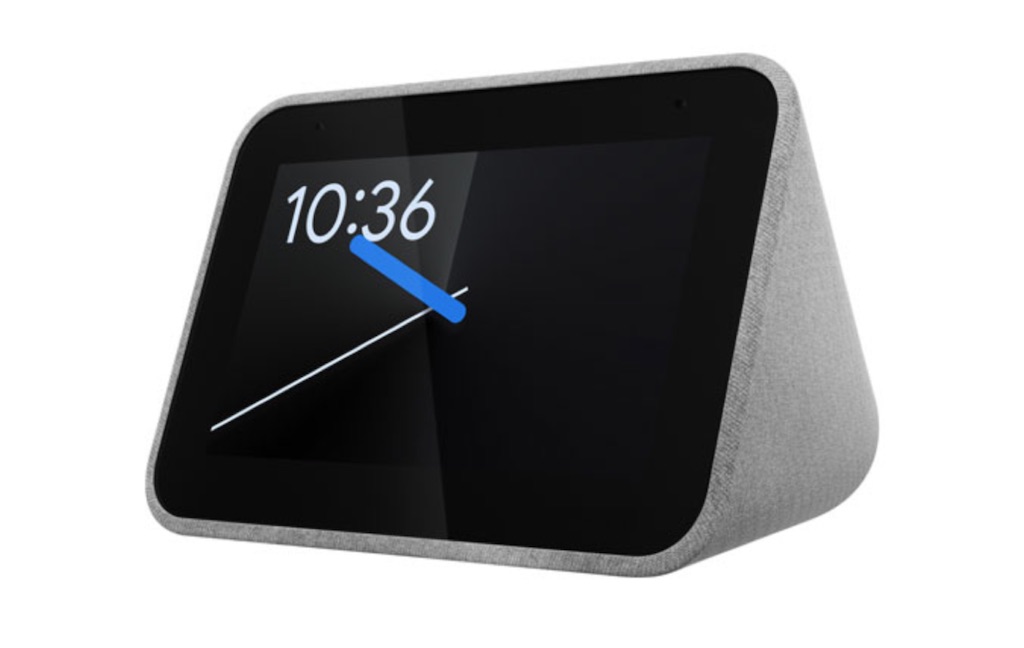
Key features and specs of the Lenovo Smart Clock include a touchscreen display, Bluetooth 5.0, wireless technology (2.4G/5G Dual Band and IEEE 802.11 a/b/g/n/ac), support for over 10,000 different smart products from more than 1,000 partner brands, a USB port for charging another device (such as your smart phone), and an admittedly small (3W) speaker. This smart display is the major exception when it comes to built-in cameras though—it simply doesn’t have one.
Hopefully by now you’ve got a better idea of which smart display may be best for your smart home, but if you have any specific questions about the different smart displays we’ve discussed here today (or just smart displays in general), send them our way in the comments section below and we’ll try our best to help you out. In the mean time, visit Best Buy Canada’s Smart Display page to see what’s available and begin your search.

